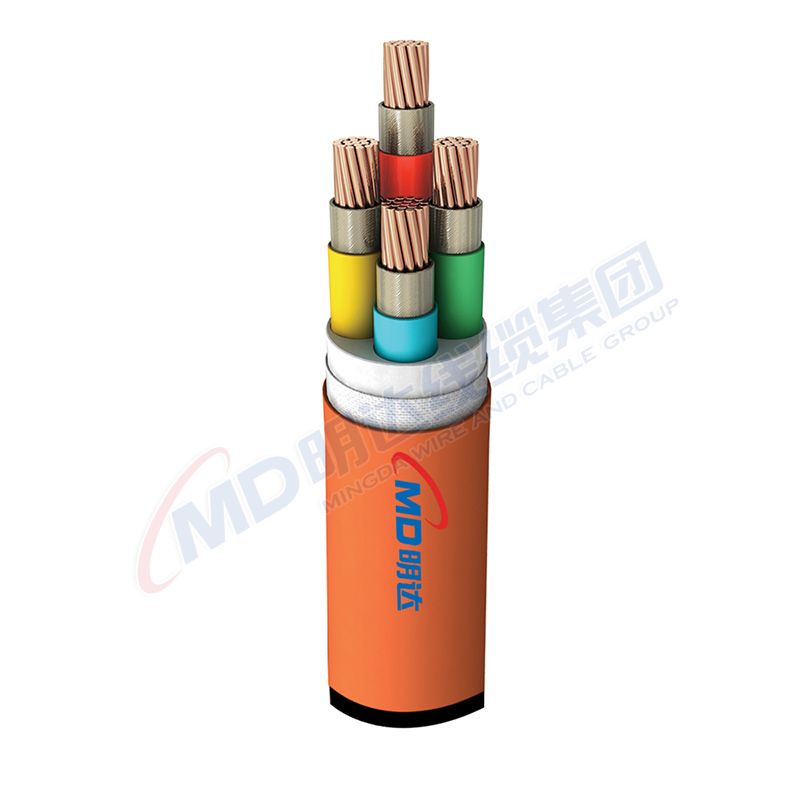Dec . 17, 2024 21:16 Back to list
y strainer pn16
Understanding Y Strainer PN16 A Critical Component in Fluid Systems
When it comes to maintaining the integrity and efficiency of fluid systems, one component that often goes unnoticed but plays a vital role is the strainer. Among these, the Y strainer PN16 is a popular choice for many industrial applications. This article delves into what a Y strainer is, its construction, working mechanism, and why the PN16 designation is significant.
What is a Y Strainer?
A Y strainer is a type of filter used in pipelines to remove unwanted particles and contaminants from fluids. Its design resembles the letter Y, allowing it to efficiently filter without significantly impeding the flow of the fluid. By trapping debris, the Y strainer helps protect downstream equipment, including pumps, valves, and nozzles, ultimately extending their lifespan and enhancing system reliability.
Key Features of Y Strainers
The Y strainer is characterized by several key features that make it suitable for a wide range of applications
1. Design The Y shape allows for easy maintenance and cleaning. The strainer can be removed for cleaning without having to disconnect the pipeline. 2. Material Y strainers can be made from various materials, including stainless steel, cast iron, and brass. The choice of material often depends on the application's operating conditions, including the type of fluid and temperature.
3. Sizing The size of a Y strainer is crucial for its proper functioning. It must be appropriately selected to match the diameter of the pipeline to ensure optimal flow rates.
4. Filtration Ratings Y strainers come with different mesh sizes, allowing users to choose the level of filtration they need. Common mesh sizes range from coarse to fine, depending on the specific requirements of the application.
Understanding PN16
y strainer pn16

The designation PN16 refers to the pressure rating of the Y strainer. PN stands for Pressure Nominal, which indicates the maximum pressure that the component can handle, measured in bars. A PN16 rating means that the strainer can withstand a maximum pressure of 16 bars or approximately 232 psi. This makes it suitable for various industrial applications where significant pressure might be present, such as in water treatment, heating systems, and gas supply networks.
The Importance of Y Strainers in System Integrity
In any fluid handling system, maintaining the quality of the fluid is paramount. Contaminants can cause blockages, leading to reduced efficiency, increased energy consumption, and potential system failures. By incorporating Y strainers, operators can minimize the risk of contamination, ensuring that the system operates smoothly and efficiently. Regular maintenance and cleaning of the Y strainer are essential to achieve its intended benefits.
Installation and Maintenance
Proper installation of a Y strainer is critical to its performance. It should be installed in the correct orientation, with the inlet and outlet clearly marked. Additionally, it's vital to ensure that the strainer is easily accessible for routine maintenance. This accessibility allows operators to check the condition of the filter regularly, clean it, and replace it if necessary.
Maintenance typically involves
- Inspection Regularly checking the strainer for signs of clogging or wear. - Cleaning Depending on the level of contamination, strainers should be disassembled and cleaned at defined intervals. - Replacement If the strainer is damaged or cannot be cleaned effectively, it should be replaced to maintain system integrity.
Conclusion
In conclusion, the Y strainer PN16 serves as a critical component in protecting fluid systems from contaminants, thereby enhancing overall efficiency and reliability. Its robust design, appropriate pressure rating, and ease of maintenance make it an ideal choice for various industrial applications. By understanding its importance and adhering to proper maintenance practices, operators can ensure the longevity and efficiency of their fluid handling systems. As industries continue to evolve, the role of components like the Y strainer will remain essential in achieving optimal performance and operational efficiency.
Share
-
Reliable Wafer Type Butterfly Valves for Every IndustryNewsJul.25,2025
-
Reliable Flow Control Begins with the Right Ball Check ValveNewsJul.25,2025
-
Precision Flow Control Starts with Quality ValvesNewsJul.25,2025
-
Industrial Flow Control ReliabilityNewsJul.25,2025
-
Engineered for Efficiency Gate Valves That Power Industrial PerformanceNewsJul.25,2025
-
Empowering Infrastructure Through Quality ManufacturingNewsJul.25,2025